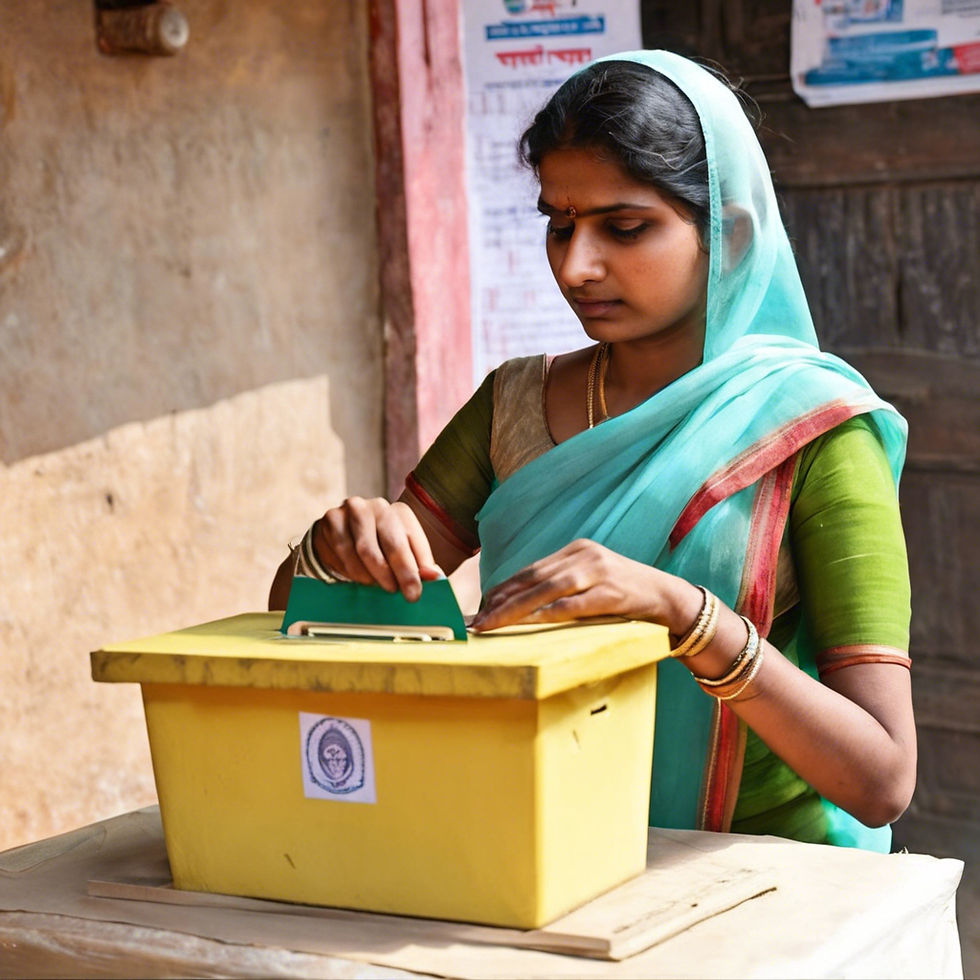
The Evolution of Political Representation in India 🗳️
Before 1989, India’s political landscape was fairly consolidated, with only a limited number of political parties dominating the scene. During this time, upper castes held significant sway over both Parliament and state legislatures, leaving the lower castes with minimal representation. However, the late 1980s marked a major shift in Indian politics as regional parties began to emerge, with many of them specifically representing lower caste groups. This period saw the rise of Mandir vs Mandal politics, where social justice issues became central to political debates.
This surge of representation reached its peak by 2004, when the lower castes—particularly OBCs (Other Backward Classes) and SC/STs (Scheduled Castes and Tribes)—achieved unprecedented representation in Parliament and state assemblies when Communist and left parties strength peaked in parliament. This wave was accompanied by policies like reservations, which further strengthened lower caste presence in public institutions and politics. Regional parties like the Bahujan Samaj Party (BSP) and Samajwadi Party (SP) became key players in states like Uttar Pradesh and Bihar, where caste-based politics ruled the day. 🌾
Modi’s BJP and the Shift to Religious Unity 🌍
However, things changed with the rise of Narendra Modi and the BJP in 2014. While caste politics had dominated the scene for decades, Modi's BJP managed to shift the focus from caste-based mobilization to religious-based unity. By using Hindutva rhetoric, Modi and his party brought together upper castes, OBCs, and other Hindu groups under the banner of religious nationalism. This allowed the BJP to secure major victories in 2014 and 2019, where the party won 47% of the vote share—up from 31% in 2014. This shift was particularly effective in the Hindi heartland, where caste-based coalitions had once dominated. 📊
Upper Caste Domination Returns ⬆️
While the BJP presented itself as a party that transcended caste, its victories led to a resurgence of upper caste domination in Parliament and state legislatures. The RSS-backed Hindutva ideology placed emphasis on Hindu unity, marginalizing caste divisions in favor of religious identity. This led to the BJP's unprecedented success in northern states like Uttar Pradesh, Madhya Pradesh, and Bihar—regions traditionally shaped by caste politics.
However, this dominance came at a cost. Communal rhetoric began to overshadow issues like development and social justice, causing growing discontent among lower caste groups and religious minorities. This dissatisfaction is evident in the BJP's recent struggles in the Hindi heartlands, where its popularity is slowly eroding as people begin to demand more concrete results in areas like employment, education, and infrastructure. 🏚️
The INDIA Bloc and the Return of Opposition Unity 🛠️
One of the critical questions for the future is the sustainability of the INDIA bloc, a coalition of opposition parties formed to challenge the BJP. Unlike the 2014 and 2019 elections, where a divided opposition allowed the BJP to secure major wins, 2024 saw a more unified opposition. If this unity holds, it could significantly reshape political competition in key states and reduce the BJP’s ability to exploit a fragmented opposition. 🤝
Historically, the BJP has benefited from opposition fragmentation. In 2014, Modi's BJP was able to outmaneuver regional parties and secure an absolute majority, followed by a stronger mandate in 2019. However, with the INDIA bloc in place, the Opposition unity in 2024 has been much higher, potentially giving them a stronger platform to challenge the BJP's dominance.
Changing Attitudes of the Median Voter 📉
Another key question is whether Indian voters’ attitudes are shifting toward more conservative and religious ideals, providing a sustained advantage to the BJP. Some political analysts argue that Modi may not be leading this change, but rather following it. This suggests that the BJP's dominance could have long-term staying power, even beyond Modi’s leadership, due to a broader social shift towards conservative values and Hindutva ideology.
If this is correct, the BJP may continue to thrive even in a post-Modi era, as voters increasingly lean toward religious nationalism rather than caste-based or development-driven politics. This means that BJP’s political dominance could be more structural than personal. 🚨
Southern India: The Last Bastion of Resistance? 🌏
While the BJP's Hindutva narrative has worked in much of northern India, it has struggled to gain a similar foothold in southern states. Regions like Tamil Nadu, Kerala, and Karnataka have historically resisted communal politics, focusing instead on education, progressive development, and social justice. The South has long been a bastion of rationalist and secular movements, making it harder for communal narratives to take root. 🌳
However, recent political developments suggest that communal rhetoric is slowly making its way into the south, though the extent of its impact remains unclear. Despite higher education levels in the South, it is crucial to note that education and awareness are not always proportional. While higher education levels might help resist communal ideologies, they do not guarantee immunity from political propaganda. That said, southern India’s progressive values may serve as a counterbalance to the BJP’s communal strategy in the long run. 🎓
Conclusion: A New Political Equation in the Making? 🤔
India's political landscape is in the midst of a significant transformation. While the BJP has successfully shifted the conversation from caste to religion, the INDIA bloc's unity and growing demand for development-focused governance could challenge BJP’s dominance. However, as communal ideologies spread, the battle for India’s political future is far from over. Will India revert to caste-based politics, or will the BJP’s Hindutva ideology continue to shape its electoral fortunes?
For now, the fourth party system in India remains intact, but its foundations are being tested as voters and political parties adapt to new realities.






















